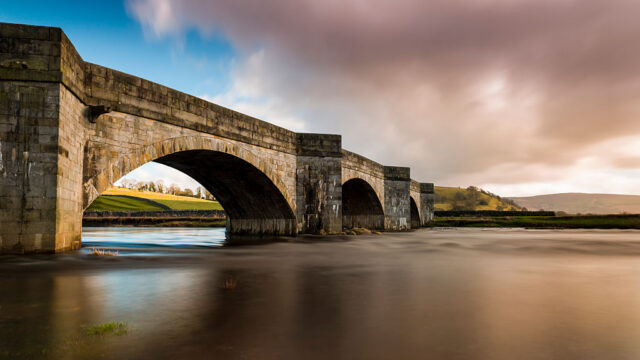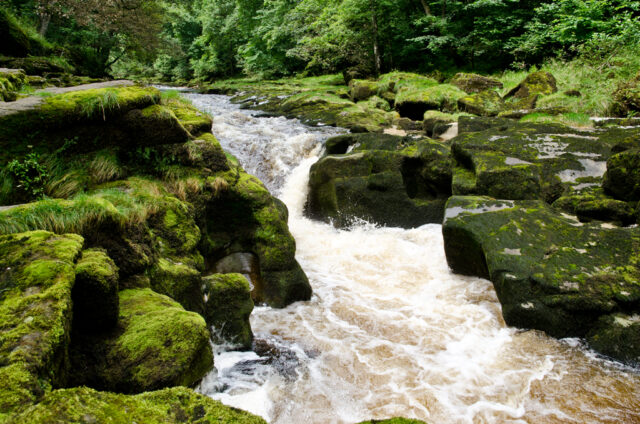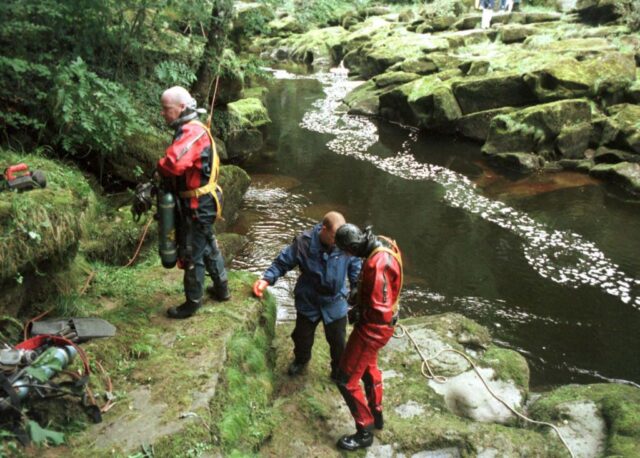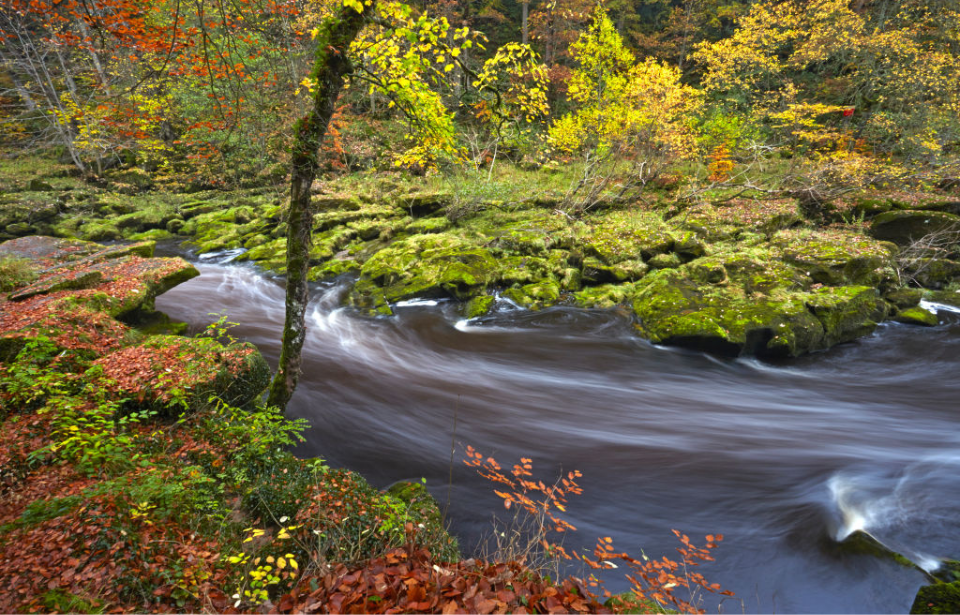Hidden deep within the enchanting landscapes of Yorkshire, United Kingdom, lies a seemingly innocent segment of the River Wharfe known as the Bolton Strid. Don’t let its tranquil facade deceive you, for beneath its picturesque scenery lies something deadly. Dubbed the “deadliest stretch of water in the world,” it’s claimed countless lives, earning it a deadly reputation.
River Wharfe

The River Wharfe is a natural marvel that weaves its way across Yorkshire. Spanning over 100 km, it’s one of the region’s longest rivers, with a rich history and captivating charm. The river is home to a diverse ecosystem, attracting an abundance of wildlife, including otters, crayfish and numerous species of birds. Its tranquil waters offer opportunities for boating, fishing and leisurely walks along its scenic banks.
The river also renowned for the magnificent stone bridges crossings, adding a touch of timeless beauty to the surroundings.
Its banks are adorned with quaint villages and majestic ruins, providing visitors with a glimpse into Yorkshire’s heritage. In fact, the oldest remains are a series of Iron Age hut circles on the hills near Kettlewell and Grassington. However, it’s the Bolton Strid segment that’s captured people’s attention for hundreds of years.
Bolton Strid

The Bolton Strid starts off just as innocent as the rest of the River Wharfe. It’s 30 feet wide, and its water flows calmly and slowly. Only a little further along, all that liquid suddenly gets squeezed through a six-foot-wide channel in the rock. The water speeds up at this point, creating deadly whirlpools.
This isn’t the only dangerous part of the River Wharfe. Even though the Bolton Strid isn’t wide, it’s actually quite deep, with a whole host of underwater caves that you don’t want to get sucked into.
Carolyn Roberts, Professor of Environment at Gresham College, London, explains just why it’s so deadly, saying, “Rather than carving a stately way through silt, it twists and turns through flat and overhanging rocks falling over the edge of a limestone formation. Vortices in the flow will trap bodies under the water close to the bed or the sides, whilst the turbulence will render someone unconscious very quickly. It’s not a good place to play.”
Oldest victim of the Bolton Strid

Local legend states 100 percent of those who fell into the Bolton Strid died, with many getting sucked under the water’s surface. Another story states that, when this happens, people have seen a spectral white horse trotting along the water where the victim died. This is what earned this section of river a very ominous sign, which reads, “The Strid is Dangerous and Has Claimed Lives in the Past. Please Stand Well Back and Beware Slippery Rocks.”
It’s no wonder, then, that there have been so many documented victims. One of the most ancient was William de Romilly, who died while trying to cross the Bolton Strid in the 1100s. Supposedly, he was walking with his dog when he decided that the pair should leap over the six-foot gap. The canine refused the jump, and Romilly was jerked into the water when the lead got caught, never to be seen again.
Romilly became the subject of the poem The Force of Prayer, by William Wordsworth, which features lines like, “The Boy is in the arms of Wharf / And strangled by a merciless force / For never more was young Romilly seen / Till he rose a lifeless corpse.”
Other victims of the Bolton Strid

There have been a number of other notable victims of the Bolton Strid throughout the years. In 1934, watercolor artist Arthur Reginald Smith drowned when he tried to cross the river while moving locations during a painting session.
A highly publicized loss was in 1998, when newlyweds Lynn and Barry Collett died just two days after their wedding. A flash flood sucked them down into the Bolton Strid, never to be seen again.
One would think that with such a deadly history, we’d be more cautious around the Bolton Strid, but you’d be wrong. One of the most recent tragedies happened in 2010. Eight-year-old Aaron Page was celebrating his birthday at the River Wharfe when his brother, Joshua, was asked to take him to the bathroom. While walking there, Page slipped on the rocks and fell in.
More from us: Ley Lines Are Supposed Ancient ‘Earth Energy’ Pathways Connecting Important Landmarks
Want articles by The Vintage News delivered straight to your inbox? Subscribe to our weekly newsletter!
His older brother tried to grab him, but he slipped and was forced to let go.
